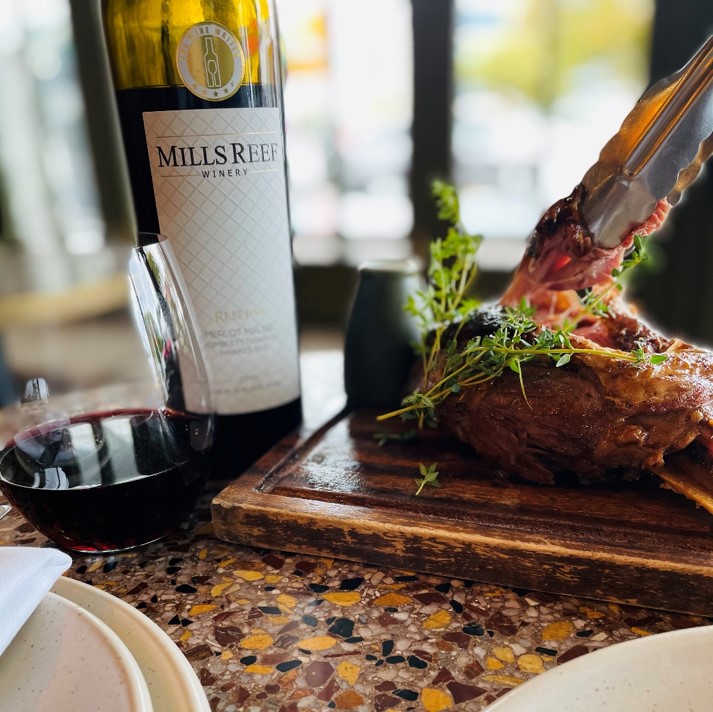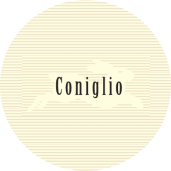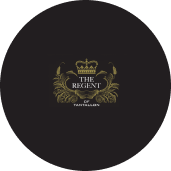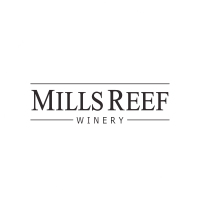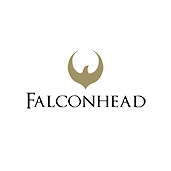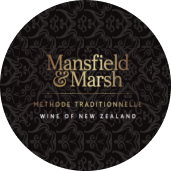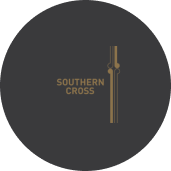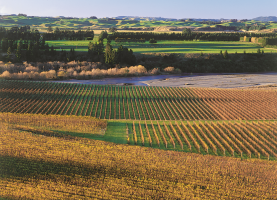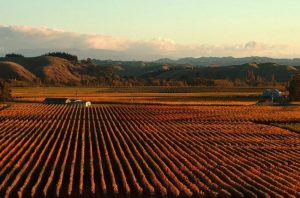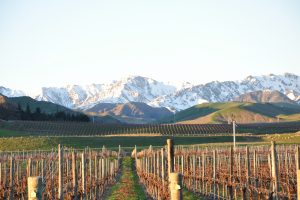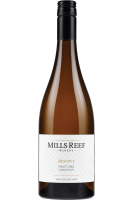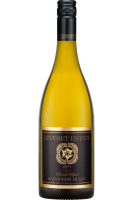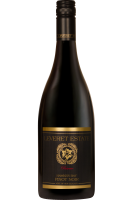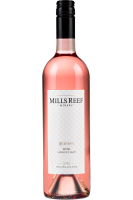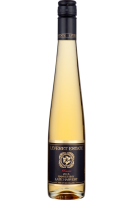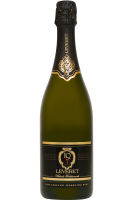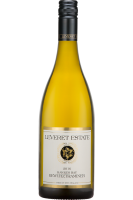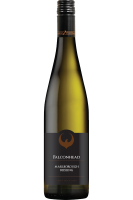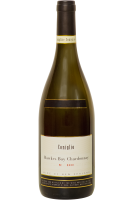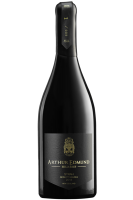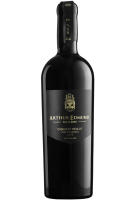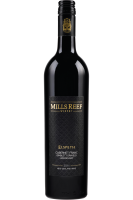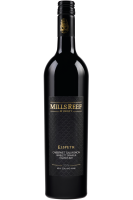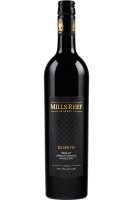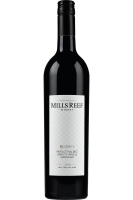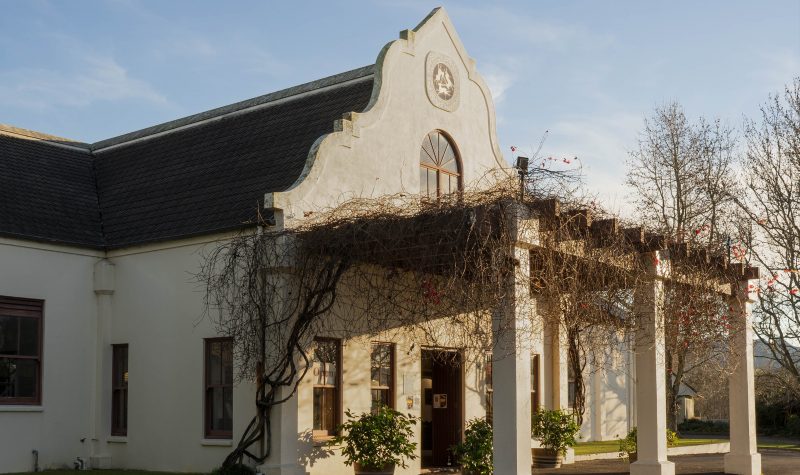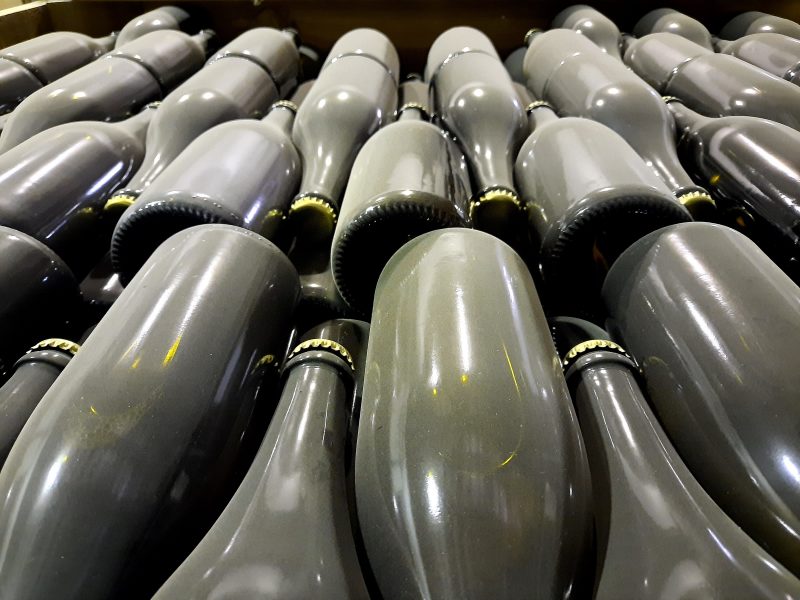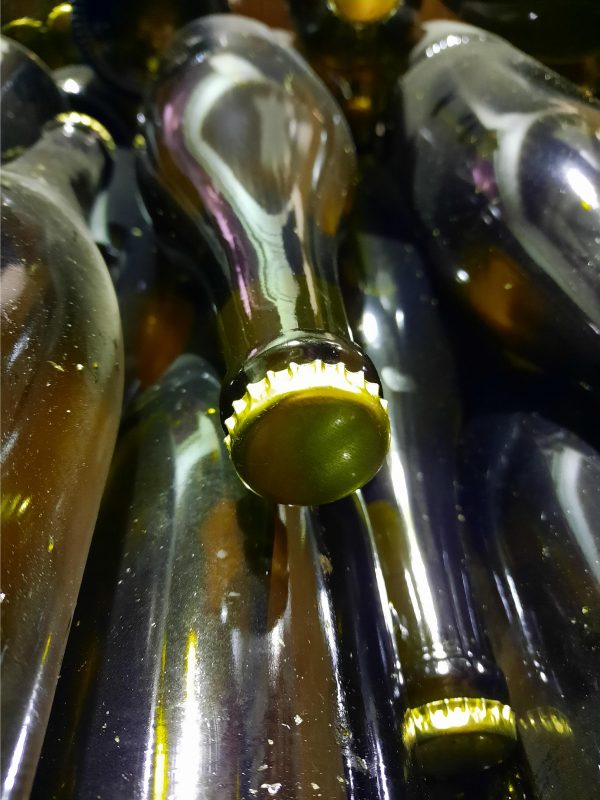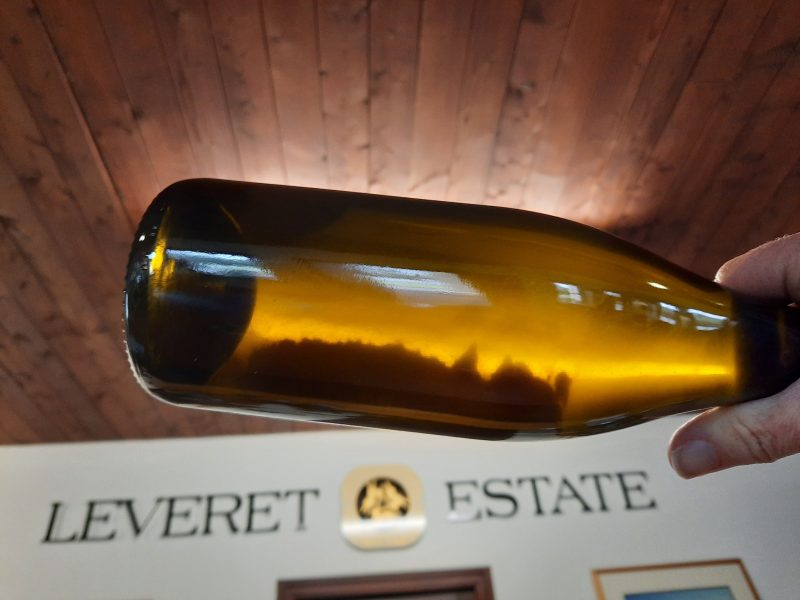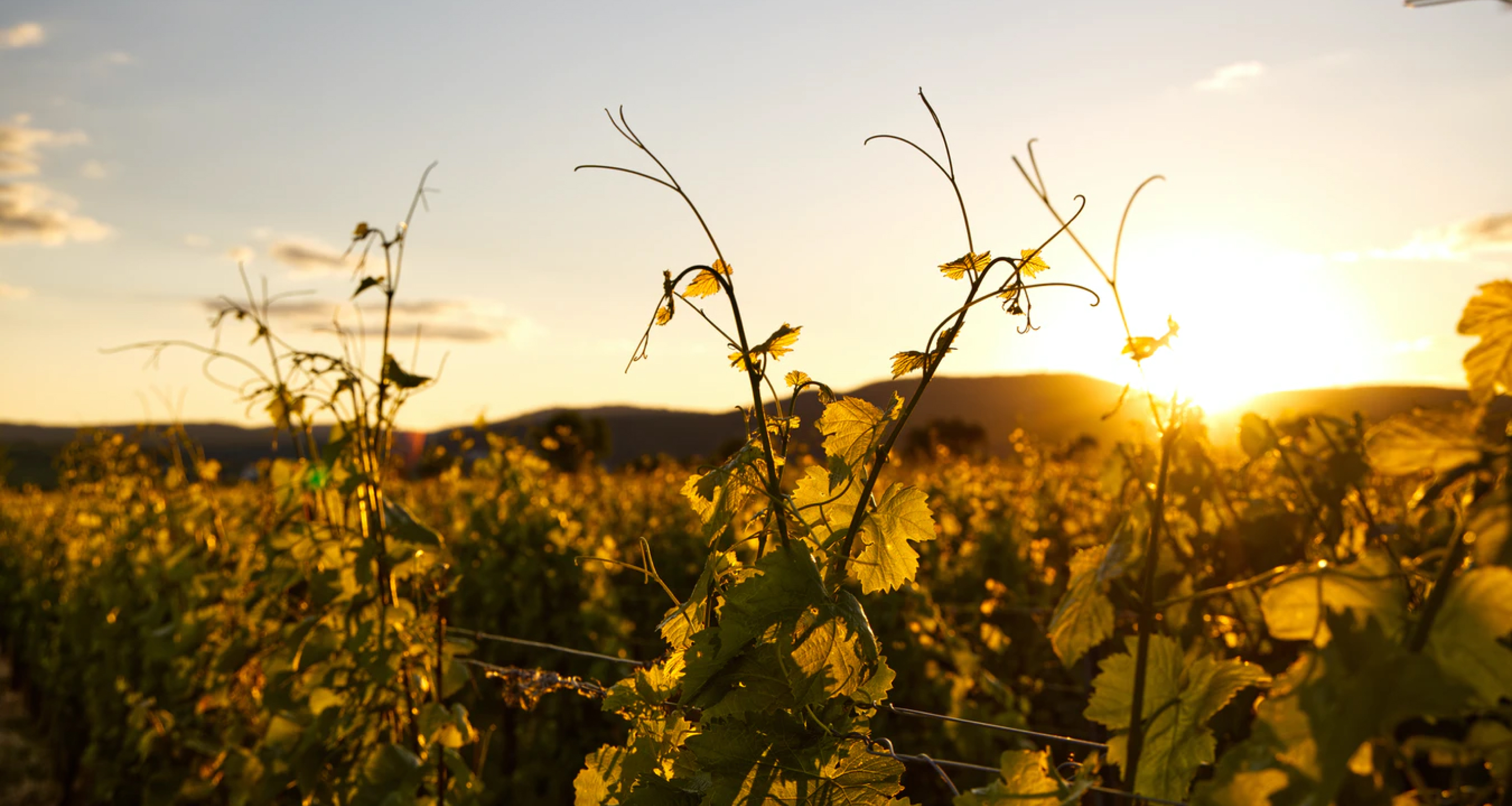Leveret and Mills Reef Winery
Our Story
As an independent, family-owned company, we combine the traditional and the modern when it comes to viticulture. Our 503 planted hectares of vineyards ensure complete control over the whole winemaking process.
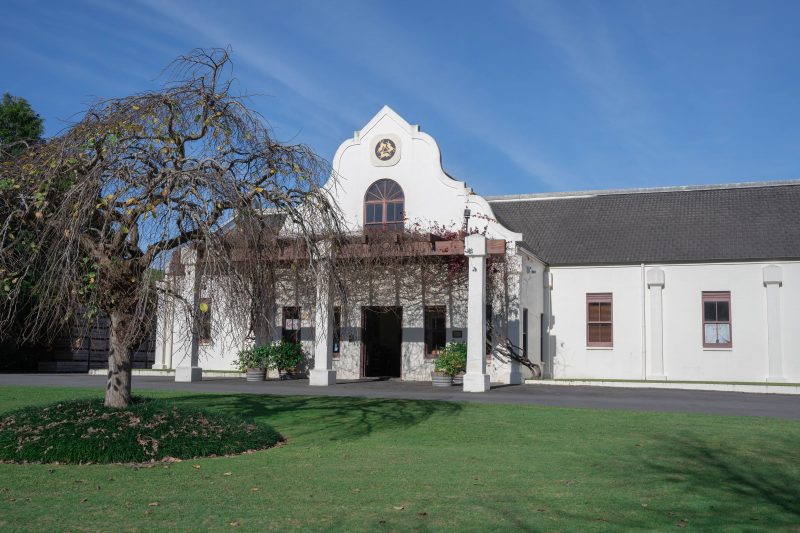
Our People
We are a diverse bunch of winemakers, vineyard managers and customer service representatives, all driven by the need to give New Zealand and the rest of the world some great wine.
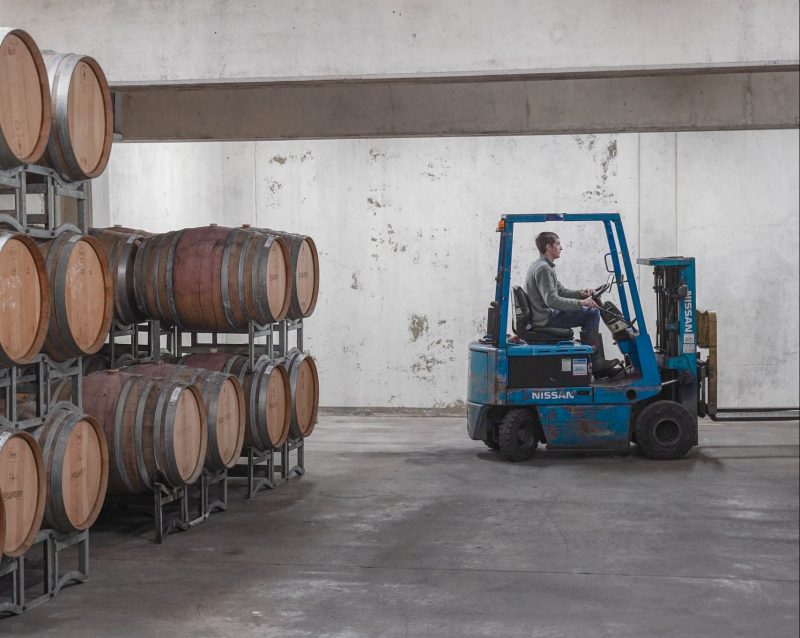
Our Vineyards
New Zealand’s temperate, maritime climate and rich, free-draining volcanic soils create the right terroirs for making award-winning wines. Our vineyards are located in two of the best grape producing regions in the world - Hawke’s Bay and Marlborough.
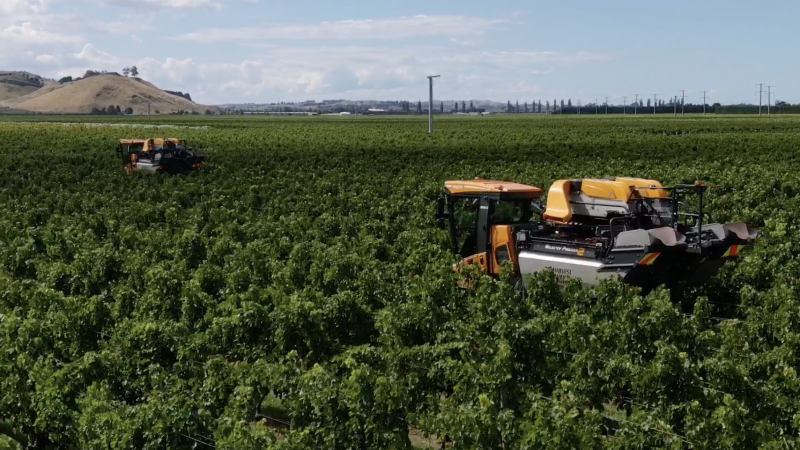
Our Brands
Our portfolio includes 16 distinct brands from vineyards across Hawke’s Bay and Marlborough, each representing a unique story, flavour profile and style of winemaking, and catering to a range of tastes and occasions.

Shop All
New Zealand’s temperate, maritime climate and rich, free-draining volcanic soils have brought new intense flavours and styles to the world wine market. With vineyards in prime locations such as Hawke’s Bay and Marlborough.
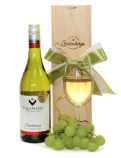
Chardonnay
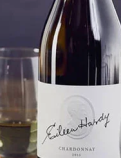
Chardonnay
Awards
Over the years, our wines have won the hearts of not just people who enjoy good wine but also critics and connoisseurs. Click here for our most recent awards.
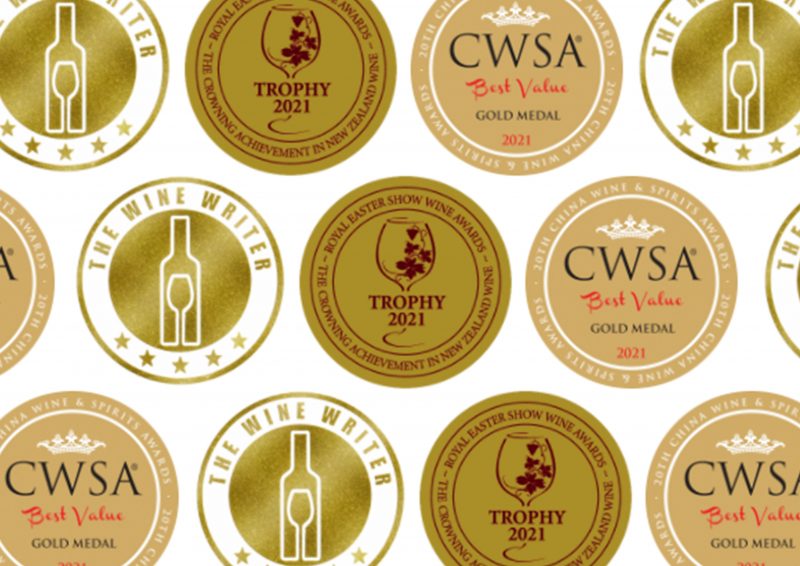
Winemakers tasting videos
Know more about your favourite white, red or rosé from the very people who made it. A quick dive into the process, flavour profiles and food pairings.
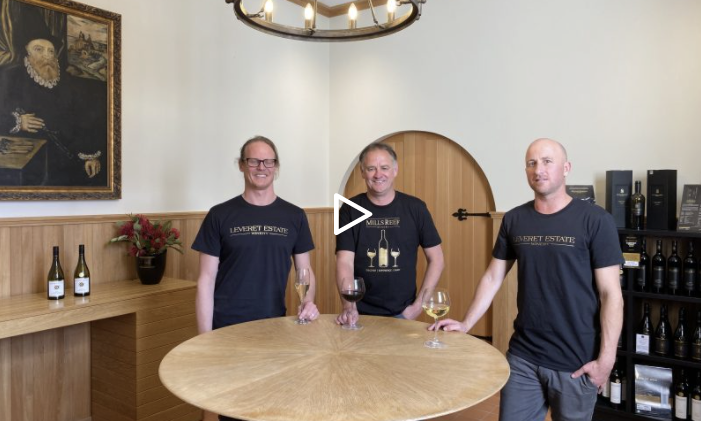
Cellar door
A sneak peek into what’s happening at our Cellar Door and little things about our winemaking processes.
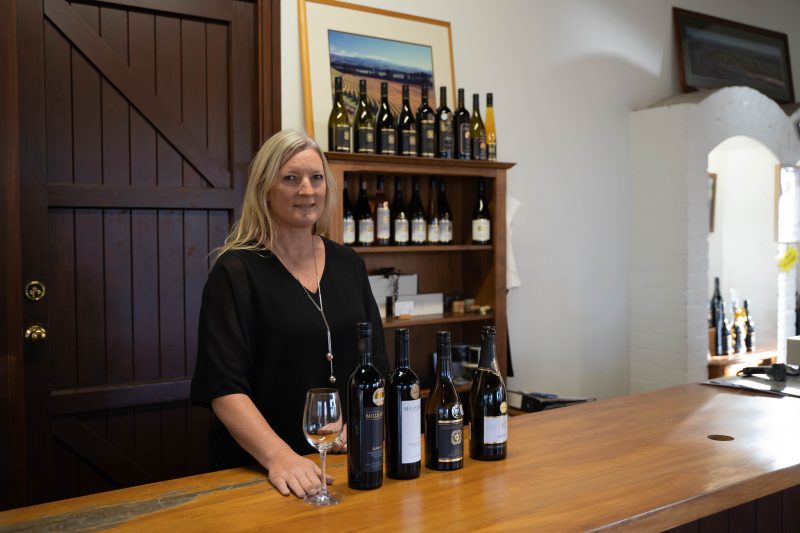
Vineyards
New Zealand’s temperate, maritime climate and rich, free-draining volcanic soils create the right terroirs for making award-winning wines. Our vineyards are located in two of the best grape producing regions in the world - Hawke’s Bay and Marlborough.
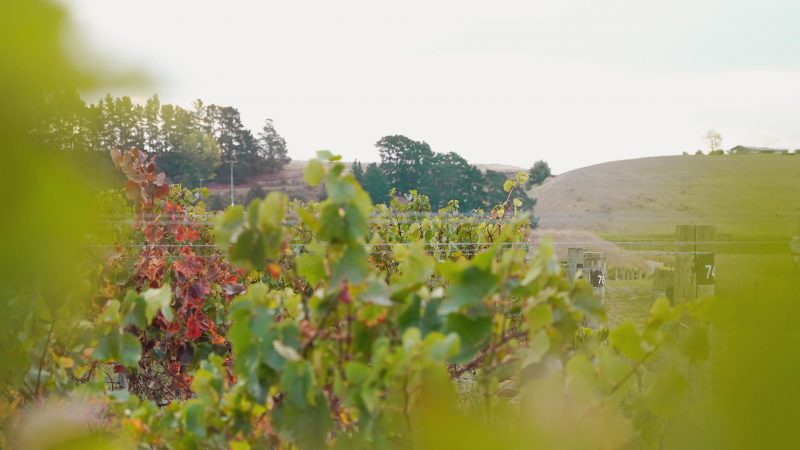
Food Pairings
The right food and wine pairings give you a meal with great balance. Learn more about our favourite pairings
